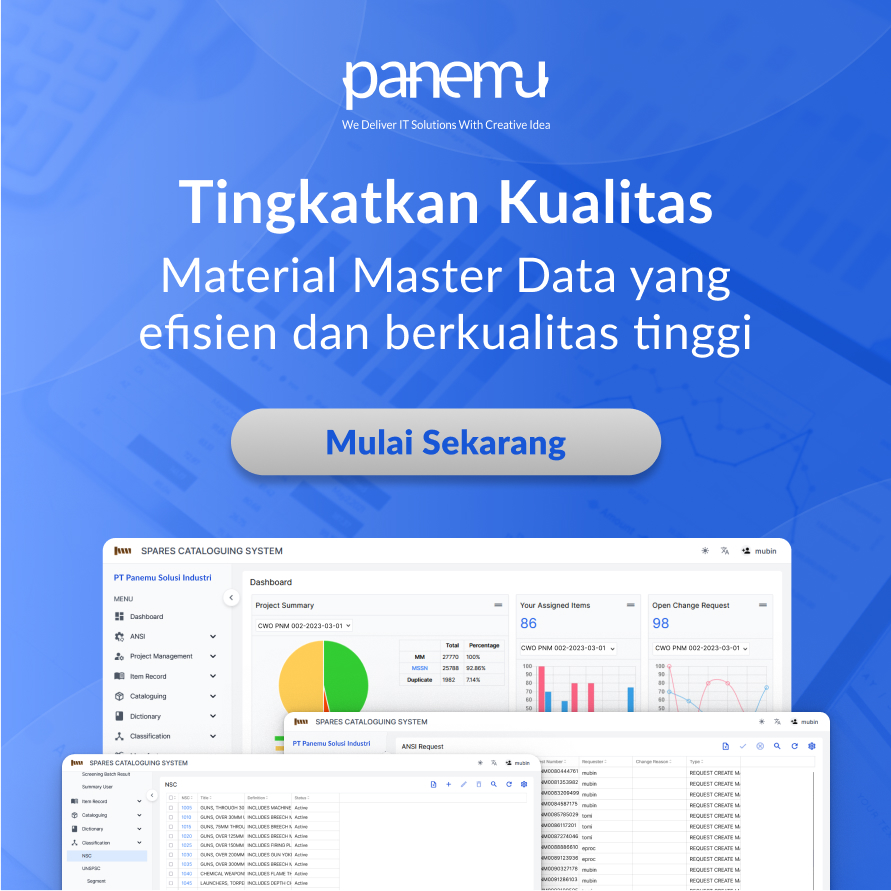The Silent Profit Killer: Downtime and Asset Failures
Imagine this: Your production line halts unexpectedly. Every minute of downtime translates to revenue loss, operational inefficiency, and potential damage to your company’s reputation. Unplanned equipment failures can disrupt schedules, inflate maintenance costs, and lead to missed business opportunities.
For many industrial leaders, maintenance strategy is not just about fixing what breaks—it’s about ensuring that failures happen less frequently and are resolved as quickly as possible. The two key metrics to measure this? Mean Time to Repair (MTTR) and Mean Time Between Failure (MTBF).
These two indicators are the cornerstone of Maintenance, Repair, and Overhaul (MRO) strategy, providing insights into asset reliability, operational efficiency, and long-term cost reduction. But how do you calculate them? More importantly, how do they translate into financial gains?
Understanding MTTR and MTBF: What Do They Tell You?
1. Mean Time to Repair (MTTR): Measuring Responsiveness
MTTR represents the average time required to repair a failed asset and restore it to operational condition. It includes fault diagnosis, part replacement, testing, and validation.
Formula:
Example: If your team spent 120 hours repairing equipment across 40 failures, your MTTR would be:
A lower MTTR indicates a more efficient maintenance response and minimal disruption.
2. Mean Time Between Failure (MTBF): Measuring Reliability
MTBF represents the average operational time between failures, providing insight into asset reliability and predictive maintenance effectiveness.
Formula:
Example: If a machine operates 10,000 hours and experiences 25 failures, its MTBF would be:
A higher MTBF means your assets last longer before breaking down, reducing maintenance frequency and cost.
The Real-World Impact: Where Do Things Go Wrong?
1. Inconsistent Data and Poor Documentation
Many organizations struggle with inaccurate data collection on repair times, leading to misleading MTTR/MTBF calculations. Without a centralized Material Master Data Management (MMDM) system, inconsistencies arise, making trend analysis unreliable.
2. Reactive vs. Predictive Maintenance
Companies relying on reactive maintenance experience higher MTTR and lower MTBF, increasing unplanned downtime. Without Inventory Asset Management (IAM) solutions, spare parts delays further worsen response times.
3. Inefficient Cataloguing and Spare Parts Management
When asset data is fragmented across multiple systems, procurement teams struggle to locate the right spare parts efficiently. This results in prolonged repair times and excess stock costs.
Turning Metrics into Profits: How Optimization Drives Revenue Growth
By leveraging MTTR and MTBF data effectively, companies can significantly improve operational efficiency, reduce downtime, and enhance profitability.
1. Data-Driven Predictive Maintenance
Adopting AI-powered inventory asset management allows companies to anticipate failures before they happen. With real-time monitoring and automated alerts, organizations can:
- Lower emergency repair costs by up to 40%.
- Reduce unexpected downtime by 30-50%.
2. Streamlined Spare Parts Management
A well-structured cataloguing service ensures quick access to spare parts, reducing MTTR dramatically. Companies utilizing optimized material master databases report:
- 25% reduction in maintenance response time.
- 20-30% cost savings by avoiding duplicate inventory purchases.
3. Improved Asset Reliability with Proactive Maintenance
Higher MTBF means fewer failures, translating to increased production output and lower maintenance costs. Organizations optimizing MTBF see:
- 30% longer equipment lifespan.
- 15-25% reduction in total maintenance costs.
Case Study Insight: A global manufacturing company reduced annual maintenance costs by $2.5 million through predictive maintenance and efficient cataloguing of spare parts, improving MTBF by 42%.
The Bottom Line: Security, Reputation, and Profitability
Imagine a world where downtime is no longer a constant worry. Where maintenance is not a cost center, but a profit-generating function that safeguards production stability, optimizes resources, and protects your brand reputation.
By implementing intelligent data-driven maintenance strategies, you gain:
- Higher profit margins due to reduced downtime.
- Increased operational efficiency with streamlined repair workflows.
- Enhanced reputation with consistent, reliable asset performance.
When reliability is measurable, predictable, and controllable, uncertainty disappears—and so does financial waste.
Your Next Step: Unlock Efficiency with Expert Consultation
If asset failures and high maintenance costs are holding you back, it’s time to take control. Let’s optimize your maintenance strategy together.
📞 Consult with our experts today—free of charge. Your profitability starts with smarter maintenance.

